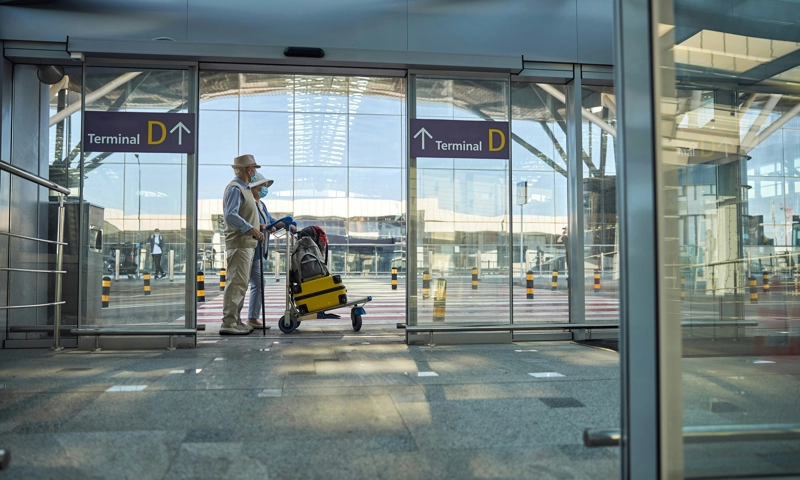According to estimates, the US tourism sector will lose $10 billion due to a drop of 11,6% in overseas tourists in March. This is due largely to Trump administration’s tough immigration policies and increasing trade tariffs. A decrease in tourism was also expected due to hostile media coverage about the detention and expulsion of visitors.
US government statistics show that overseas visitors to the US decreased by 11.6% in March compared to last year. The number of travelers from Western Europe dropped by 17.2%. Projections show that the figures will continue to fall, posing an important threat to the tourism sector and the wider economy.
Canadians are the ones leading the decline, as they are dissatisfied by Trump’s constant threats. Major Canadian Airlines have cut flights to US destinations and the number of car visits has decreased by 32 percent in March.
Tourism Industry: Impact
It was unexpected that tourism dropped, since the industry had been predicted to return to levels seen before 2020 following the Covid-19 Pandemic. Adam Sacks of Tourism Economics stated that their group originally predicted a 9% rise in international travel in the US by 2025. They now expect a 12% decline, which equates to a $10 Billion loss in international travel expenditures compared to the previous year.
Impact on other industries
The decrease in international tourists will affect not only the hotel and tourism industries, but also other sectors such as entertainment, retailing, transportation and restaurants. As a result of Trump’s trade conflict, domestic trips will also be on the decline. MMGY, an online travel company, conducted a survey that found 80% of Americans expect to change their travel habits due to the economy’s struggles.
Geographic Impact
No matter what their political affiliation, it is likely that all states will feel the impact. It’ll impact blue states as well as red states. Florida is heavily exposed to both the Canadian and European market. Texas is heavily exposed to Latin American and European markets. Sacks explained that California and New York were also highly exposed to international travel.
Learn more at The Guardian.


